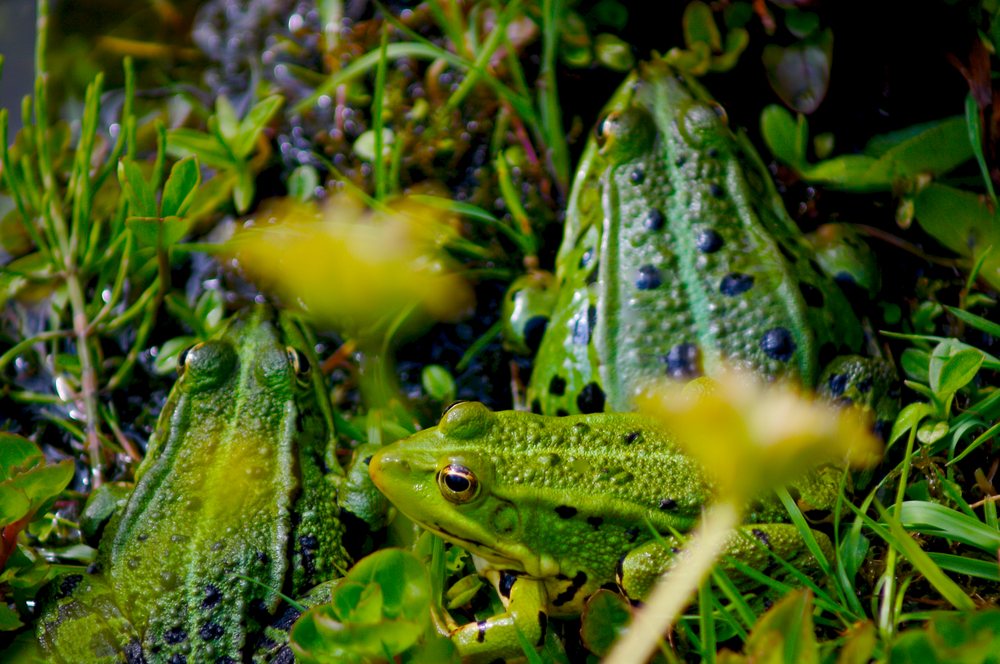IUCN Urges Governments to Make Funds Available to Slow Biodiversity Loss
As a contribution to the International Year of Biodiversity, the United Nations is holding a high-level meeting today, September 22, at its General Assembly’s 65th session in New York to address the extinction crisis – the first high-level meeting to ever address this subject. The event is part of the United Nations effort to raise awareness about the loss of biological diversity (biodiversity) and shed light on the need to implement the Convention on Biological Diversity (CBD) – one of three UN Conventions born at the Rio Summit in 1992 to enable countries to conserve their biological diversity, sustainably use it and share, equitably and fairly, the benefits arising out of the utilization of genetic resources.
A 10 year strategic plan, known as the Post-2010 Strategic Plan, consisting of 20 targets, is due to be adopted by the Parties to the CBD during the tenth meeting of the Conference of the Parties (COP10) in Nagoya, Japan this October. The aim of the Strategic Plan is to assist Parties in halting the loss of biodiversity by 2020.
The International Union for Conservation of Nature (IUCN) recognizes that it is imperative to take into consideration the financial resources needed to achieve these targets and is calling on governments to address this issue at the high-level meeting before COP10.
Examples of questions for discussion at today’s meeting are:
– What are the human, institutional, scientific and financial resources that countries need in order to fully implement the Convention and what mechanisms are needed to ensure that each country has access to the resources it needs?
– How will you ensure that the post-2010 biodiversity strategy is reflected in your national biodiversity strategy and action plan, including a set of measurable national biodiversity targets?
– How will you ensure that the post-2010 biodiversity strategy is reflected in your national and local development priorities and that biodiversity will be mainstreamed throughout government and in all sectors of society and the economy?
“When governments meet next month in Nagoya they must be ready to invest what’s needed to halt biodiversity loss, and so avoid the much larger costs of inaction” says Julia-Martin Lefèvre, IUCN’s Director General.
According to the IUCN’s Red List of Threatened Species, 21 percent of mammals, 30 percent of amphibians, 12 percent of birds, 35 percent of conifers and cycads, 17 percent of sharks and 27 percent of reef-building corals assessed are threatened with extinction!




